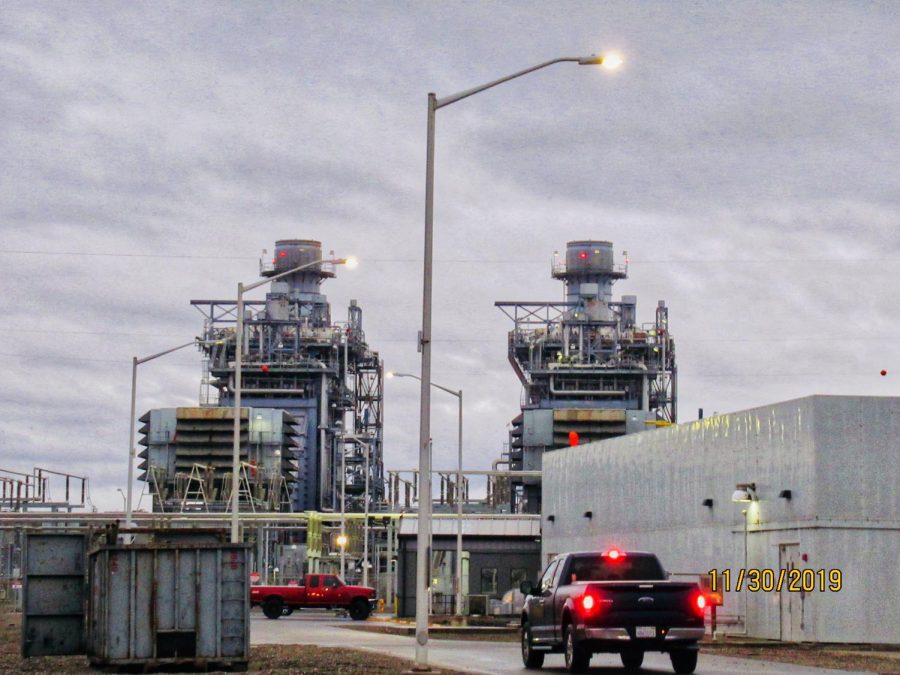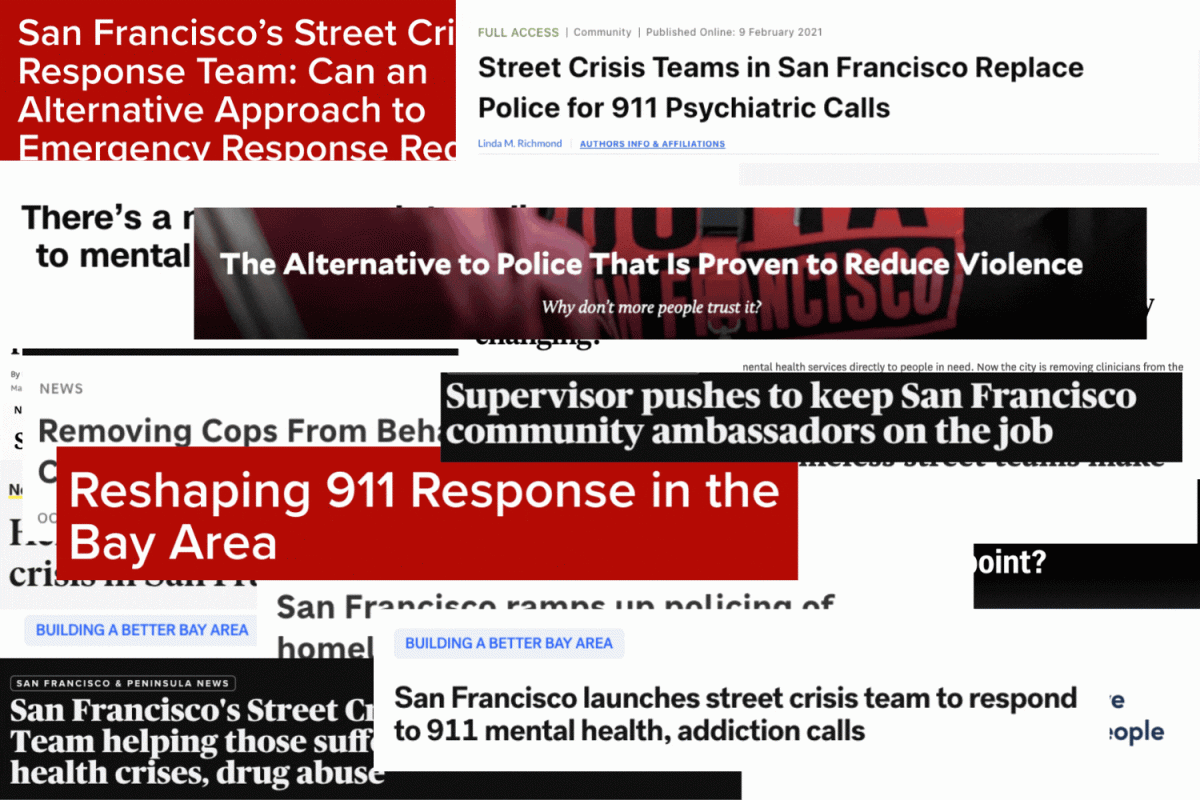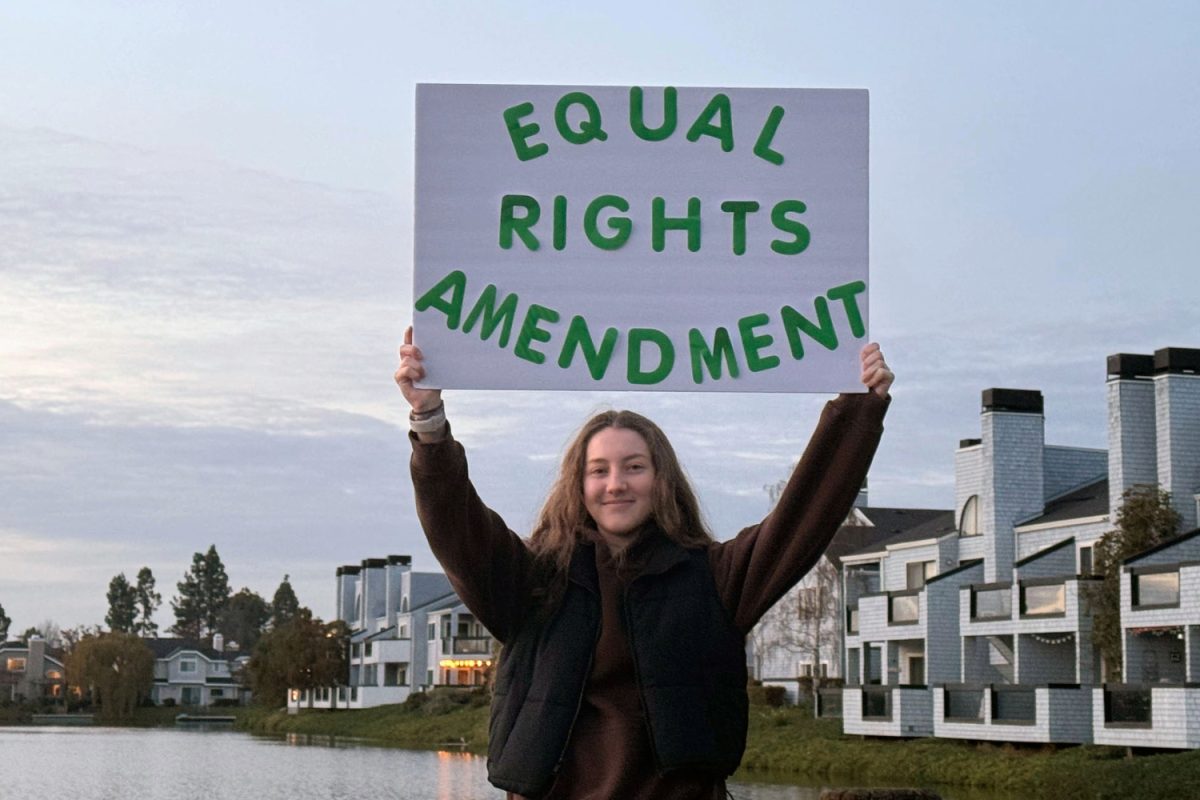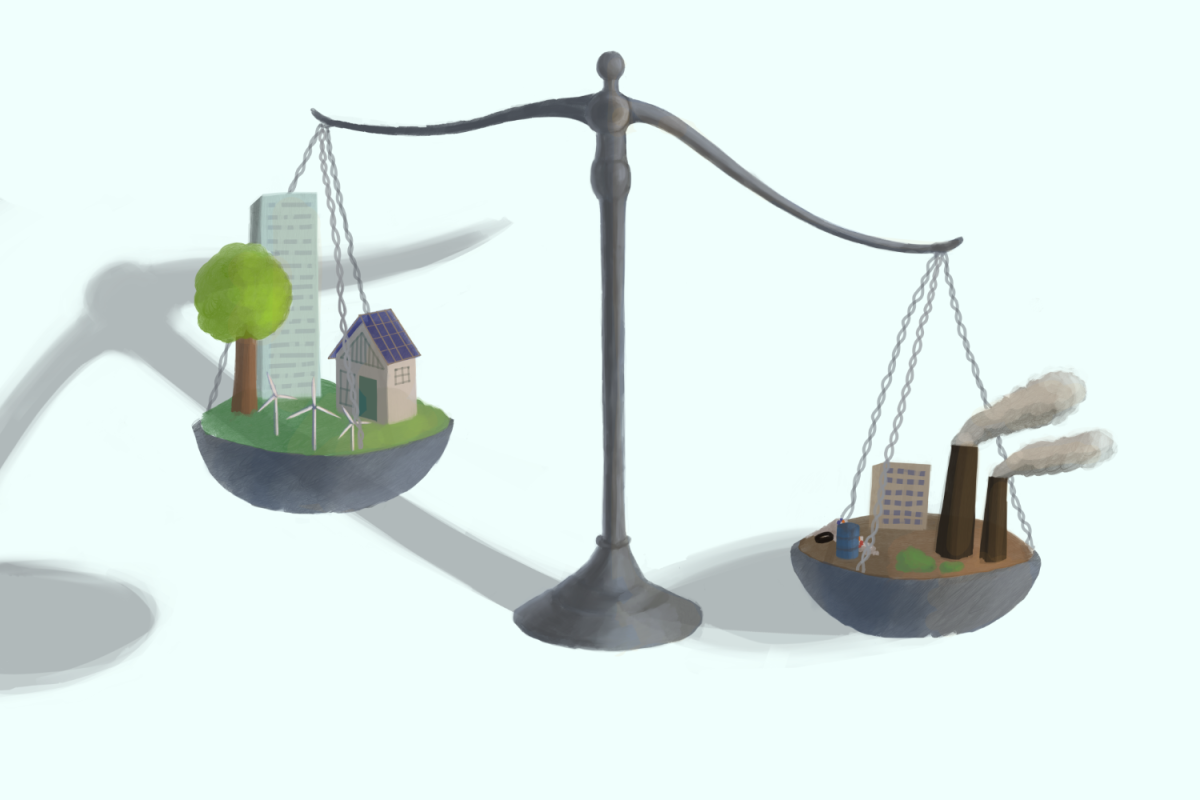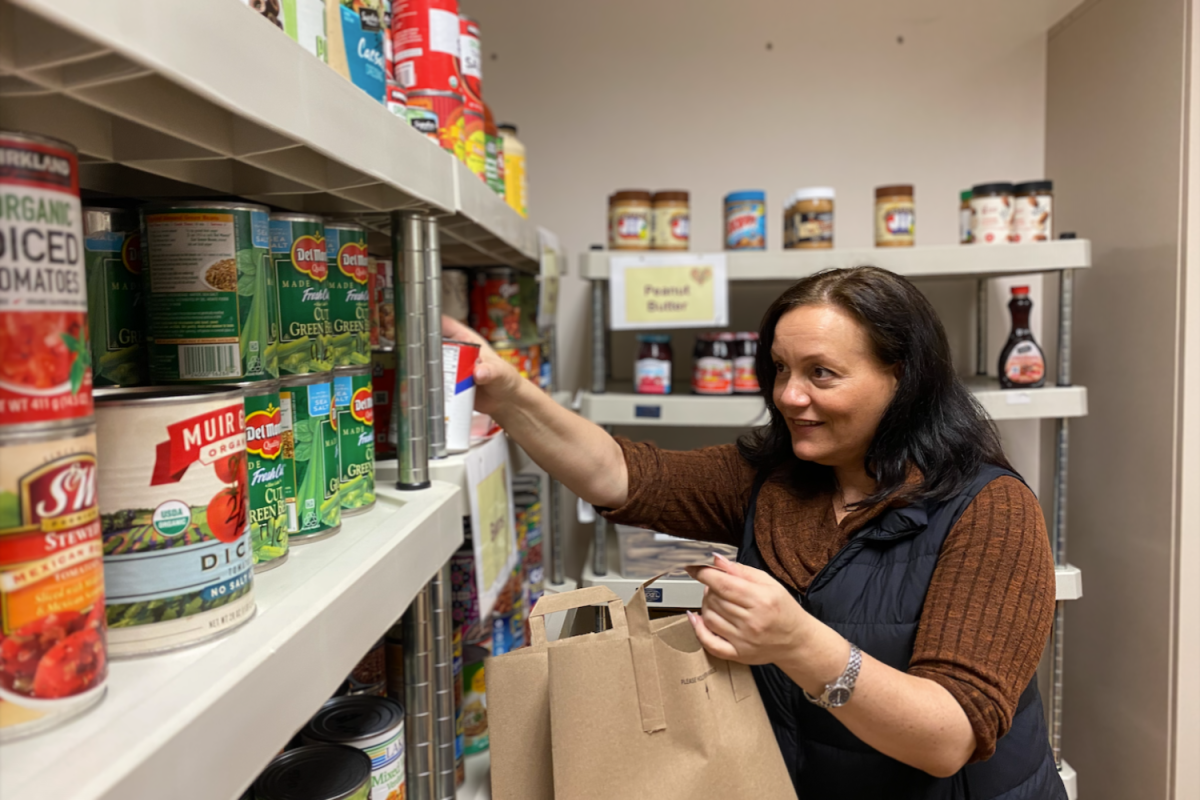There’s an excess of carbon dioxide in the atmosphere; many scientists refer to it as the slow destruction of the natural world.
This is climate change.
The Causes
Carbon dioxide has been pumped unrestrictedly into the Earth’s atmosphere from the start of the Industrial Revolution in the 19th century to today. The leading causes of climate change are the burning of coal and fossil fuels, deforestation, and an increase in livestock farming, as well as other industrial and agricultural processes.
The Effects
The burning of fossil fuels takes a significant toll on the environment; its effects can be discerned through floods, fires, harmed ecosystems, and other natural disasters.
“Climate change is the most existential crisis that humans are facing,” said Julia Soote, a community outreach coordinator at Sierra Club.
Sierra Club is an environmental organization dedicated to protecting nature, founded by John Muir in 1892.
According to National Geographic’s documentary “Before The Flood,” in the span of five hours, farmers in India received half a year’s worth of rainfall, discarding six months’ worth of crops and labor.
“There will be huge effects on food supplies, water supplies, and people having to migrate,” Soote said.
In the past 30 years, half of the world’s coral has been lost. This is because fossil fuel emissions also lead to increased ocean acidification and a rising sea-level, changes that beget the disappearance of coral reefs. One billion people around the world depend on fish from coral reefs as their primary source of protein.
“It threatens a lot of people’s livelihood. People who live in coastal areas are being subjected to more threats from sea-level rising and more intense hurricanes,” Soote said.
Alongside dangers from natural disasters, climate change also poses dangers to human health. According to the National Climate Assessment, humans face increased health threats from allergies, diseases, and diminishing lung function. The effects of climate change will also disproportionately affect people of color, as well as those of a lower socioeconomic status.
However, the ocean and human health are not the only aspects of the world experiencing these effects; forests are also taking the heat.
Indonesia is the world’s largest producer of palm oil, producing about half of the global supply. It is the last place in the world where rhinos, orangutans, elephants, and tigers still live together in the wild; however, their habitat is currently being burned. According to Green Peace, 25 orangutans die every day due to habitat loss.
“I know how many animals lose their lives every day from deforestation because people are trying to get a hold of palm oil. Any products, I check the labels to make sure they don’t have palm oil,” said Katelyn Gambarin, a sophomore.
Rainforests are crucial to the environment since they absorb more carbon than the majority of other plant species. When rainforests are burned, all of their stored carbon and methane are released into the atmosphere. In fact, Indonesia experienced a fire in 2015 that emitted more carbon dioxide than the U.S. economy produces daily.
According to National Geographic, climate change plays a role in the increase of dangerous wildfires. California is no stranger to the destruction that record-breaking wildfires bring; National Geographic reported that fire season in California has been lengthened by 75 days in recent years.
Angelina Colombo, a sophomore, voiced her concern about wildfires in California.
“Wildfires affect me a lot because I have missed days of school from that, and it doesn’t feel safe. There are people who know people who have been affected heavily and directly by wildfires, and it’s really scary. This isn’t OK,” Colombo said. “It is a force of nature, but it’s a force that’s been exaggerated by climate change.”
In the U.S., 47% of the land is used for agricultural production, and 70% of that land is used to grow food for cattle.
Beef has been a staple in American culture for decades; however, many Americans may not know the environmental impact of ordering two “double-doubles” from In-N-Out Burger. Producing half a pound of beef is equivalent to 200 hours of lightbulb usage. Cattle produce methane gas, and one molecule of methane is equal to 23 molecules of carbon dioxide.
“Your dietary habits are really crucial. Eating meat contributes a lot to greenhouse gas emissions. Supporting sustainable agriculture versus commercial agriculture is really important,” Soote said.
The Solutions
“This issue is multifaceted; there are many things that go into it. There is no one solution to it. There have to be many small solutions,” said Alex Rinear, a Waste Zero Specialist at Recology.
A recent study from The Royal Institute of International Affairs shows that reducing meat consumption can be a crucial action in helping climate change. They further state that livestock accounts for 14.5% of global emissions. So, eating chicken over beef can decrease one’s carbon footprint significantly.
Along with livestock, palm oil production is a significant factor in climate change. According to The Union of Concerned Scientists, 60% of traded palm oil was under the commitment to use sustainable palm oil; companies are committing to the Roundtable for Sustainable Palm Oil (RSPO). Consumers can check whether a product is part of the RSPO alliance by checking the label on a product or using the “Sustainable Palm Oil Shopping” app and scanning the product’s barcode.
“[Climate change] is something that’s going to take a whole host of solutions and changes to address; they are rooted in systematic change,” Soote said.
Aside from changing their dietary habits, protesting is a way that many European climate change activists have been able to pressure their political leaders into taking immediate action on climate change.
In recent years, 125 countries have participated in climate change protests. There were an estimated 2 million protestors in Canada alone. Many students blocked streets around the world, striking from school to demand climate action.
Strikes and protests can be a good way to demonstrate what the public wants. If politicians care about the public’s needs, they may be persuaded to make new policies. According to the Environmental Voter Project, civic action can also be achieved by being an “environmental voter,” which essentially means to be conscience of future policy maker’s environmental initiatives.
Along with civic action, clean power and conservation is another way to minimize one’s carbon footprint. Peninsula Clean Energy argues that switching to 100% renewable energy can be done in one phone call and a few dollars extra per month.
“This mindset that we can endlessly extract from the earth, it’s not a sustainable way to move forward,” Soote said.
There are a few ways that energy can be conserved. This includes providing a home with proper insulation, so the heat and air conditioning can be running less often or staying conscious of decisions involving electricity and participating in Earth Hour, an event hosted by World Wildlife Fund that helps minimize global electricity consumption.
“There is a lot of methane gas produced in landfills. We are diverting that methane gas out of the air and can put it back in the soil when it’s composted,” Rinear said.
Along with energy conservation, preventing food waste is a way to reduce carbon emissions. According to Ensia, a non-profit solution-based organization, 11% of total emission production comes from land waste. This is due to the rotting of organic waste.
Dietary decisions, civic action, conserving energy, and composting are ways to reduce greenhouse gas emissions, but not everyone can afford to do all of those things. However, The Climate Reality Project provides an alternative.
According to the project, one of the easiest ways to help climate change is to talk about it. They claim that when an issue is discussed, others will gain belief in its importance and feel concern towards the subject matter. This can lead to a demand for action and further discussion.
“Your one voice can be extremely powerful. Greta Thunberg took a stance. She goes to climate strikes, and her one voice has inspired thousands and thousands of people to take a stance on this issue,” Gambarin said.


